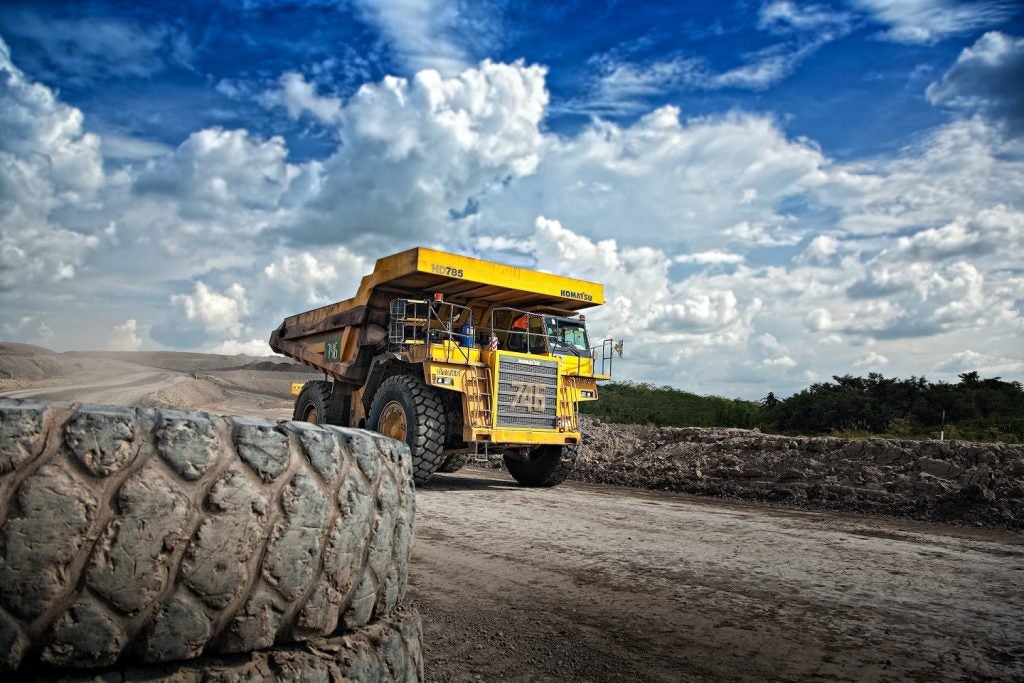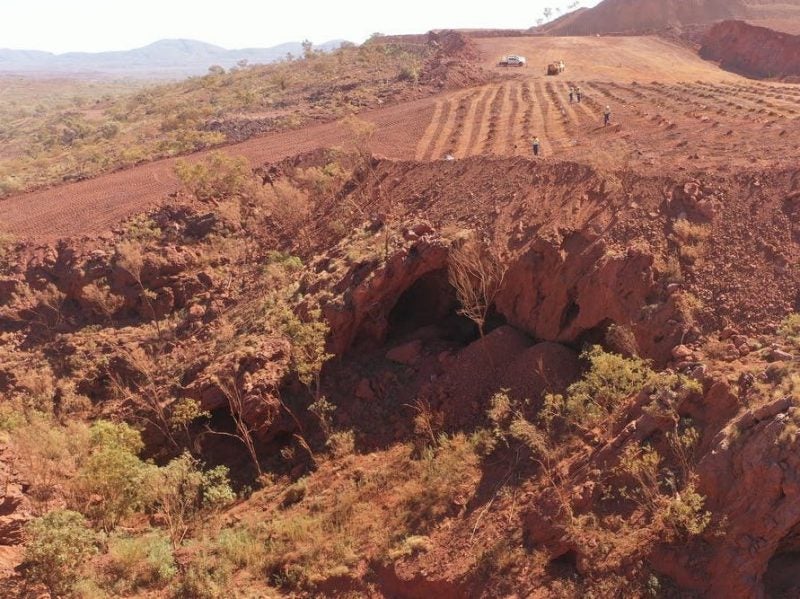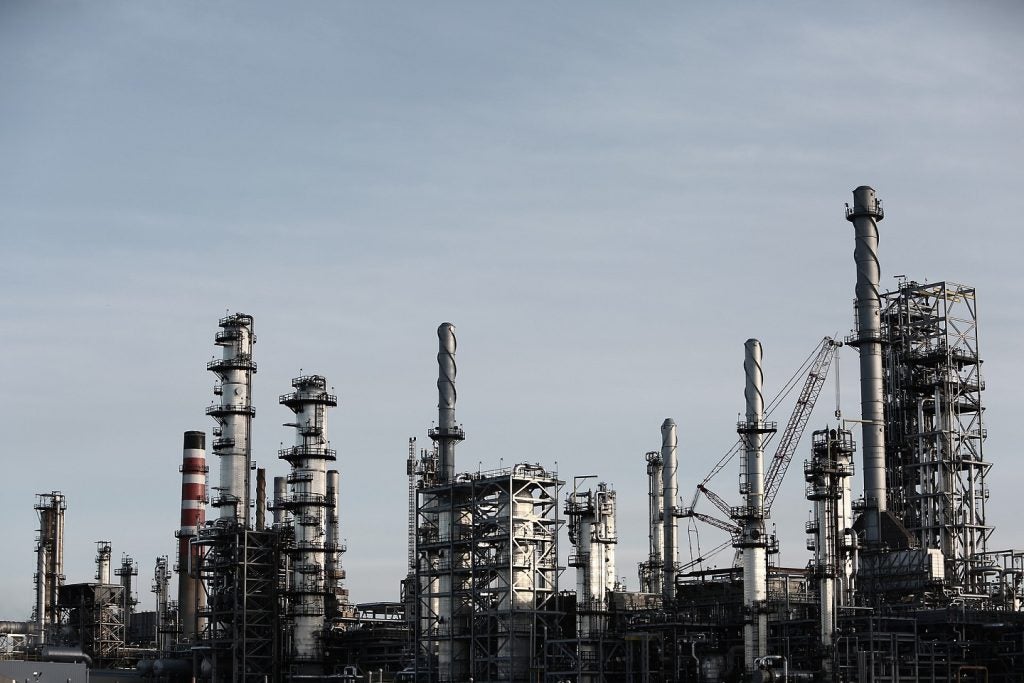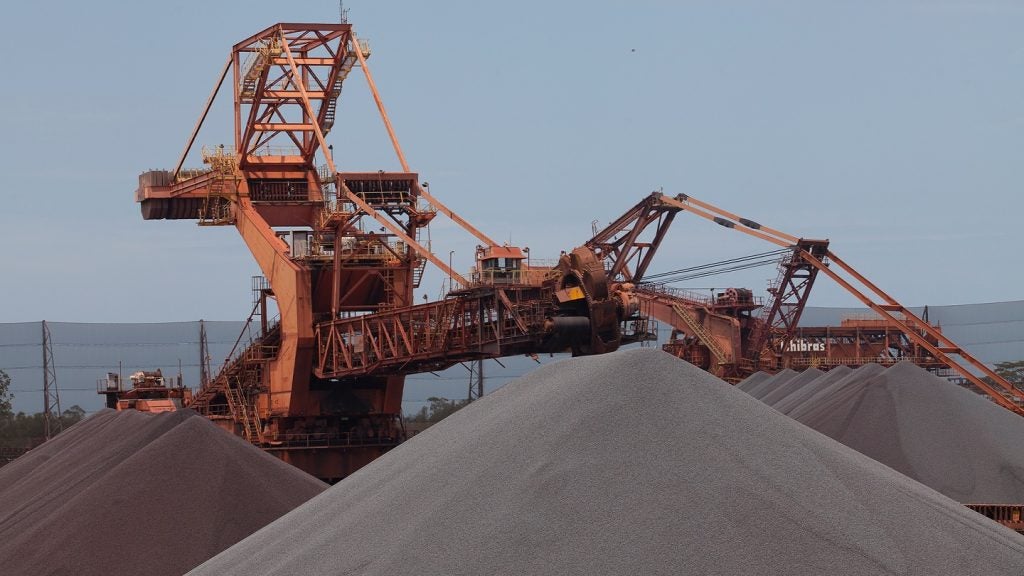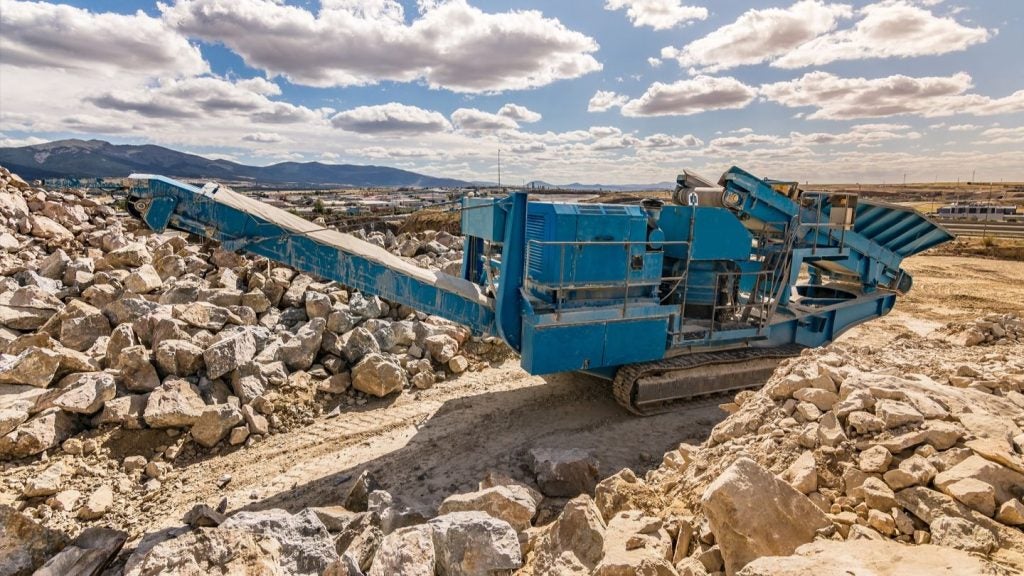The board of Westgold Resources has approved the development of the Great Fingall mine in Western Australia.
Located 5km south-west of Cue and 28km from Westgold’s Tuckabianna processing hub, the Great Fingall mine produced 1.2moz of gold from 1.9 million tonnes (mt) of ore at a recovered grade of 19.5 grams per tonne (g/t) Au, from 20 levels developed underground between 1891 and 1929.
Operations at the mine restarted in 1995 through open pit methods. This focused on extracting the stockwork vein system in the footwall of the Great Fingall Reef.
Until March 1999, the open pit produced 82,000oz of gold from 1.8mt of ore.
Westgold said in a statement: “Two subsequent open pit campaigns, the last by Westgold in 2020, have produced a further 54koz [thousand ounces] gold leaving the pit floor 170m below surface with underground decline access established.
“Importantly, no mining has been conducted on the underground extensions to the orebody for nearly a century.”
During FY23, the company carried out a major drilling campaign at the project that proved the continuity and tenor of the Great Fingall Reef extensions.
Westgold said it has now completed a base case for the Great Fingall mine that envisions production of 2.5mt of ore production at nearly 5g/t for 383,000oz of gold.
Westgold managing director Wayne Bramwell said: “Great Fingall is one of four +1moz [million ounces] historic producing mines in Westgold’s portfolio and the commitment to its development underpins Westgold’s confidence in the Murchison region.
“At steady state, it will be a long-life, high-grade, high-margin underground mine, producing +45,000oz a year, with first ore production in H1 FY25. Our base case is conservative and focuses on virgin reef extensions only. Even on this basis, the returns are compelling.”


